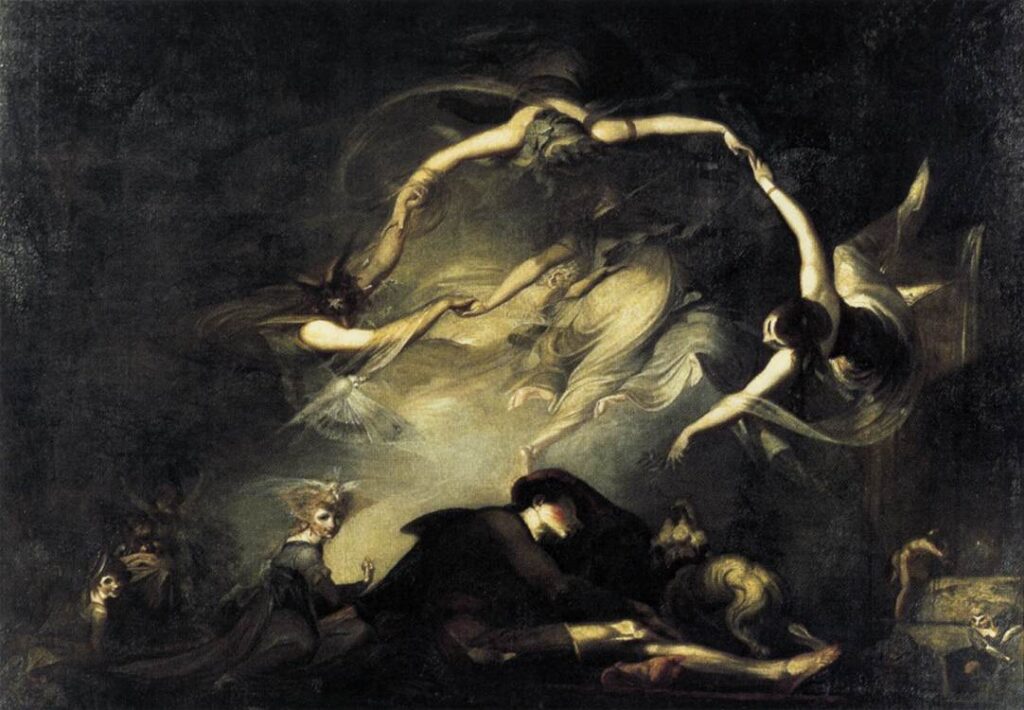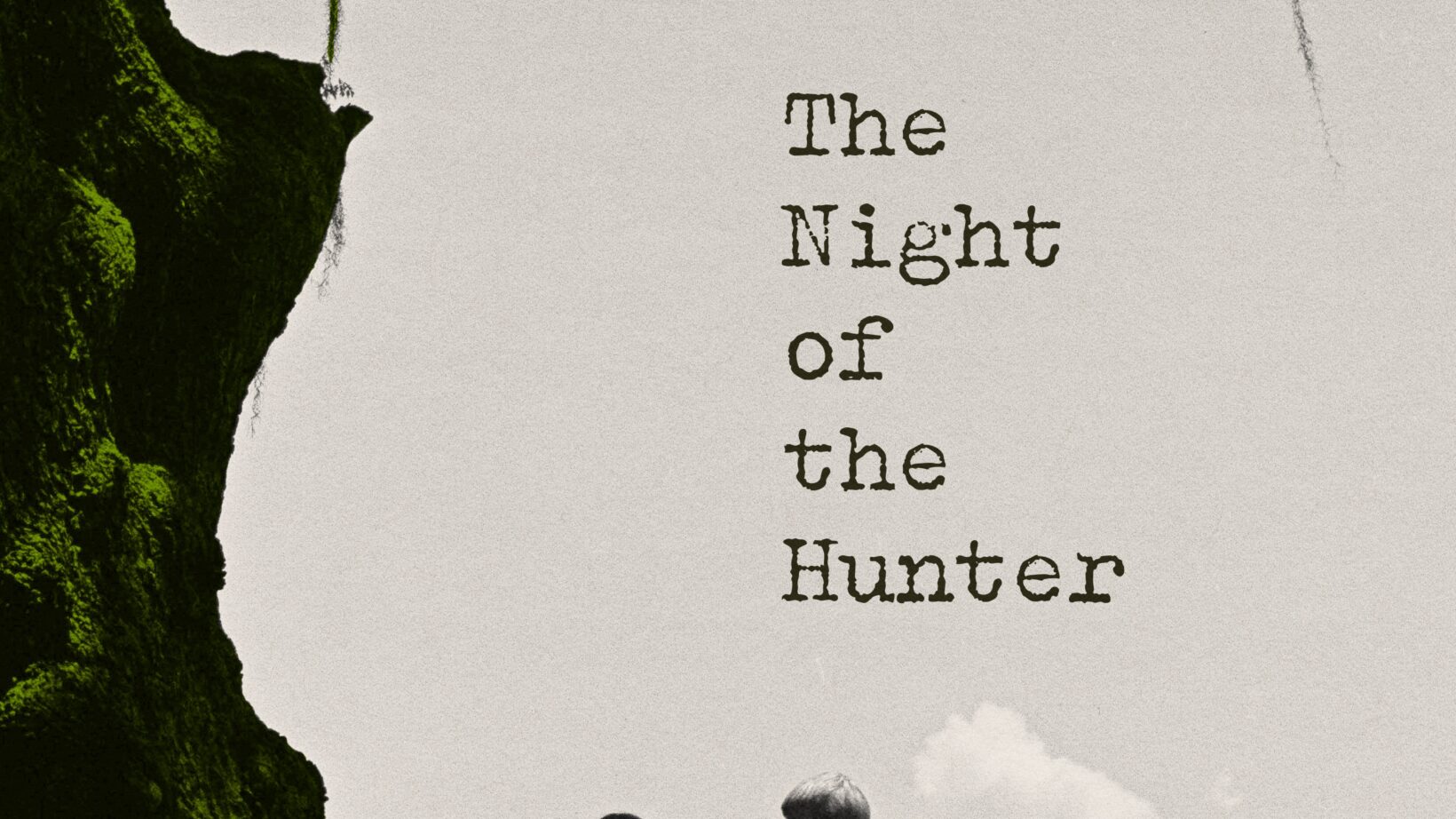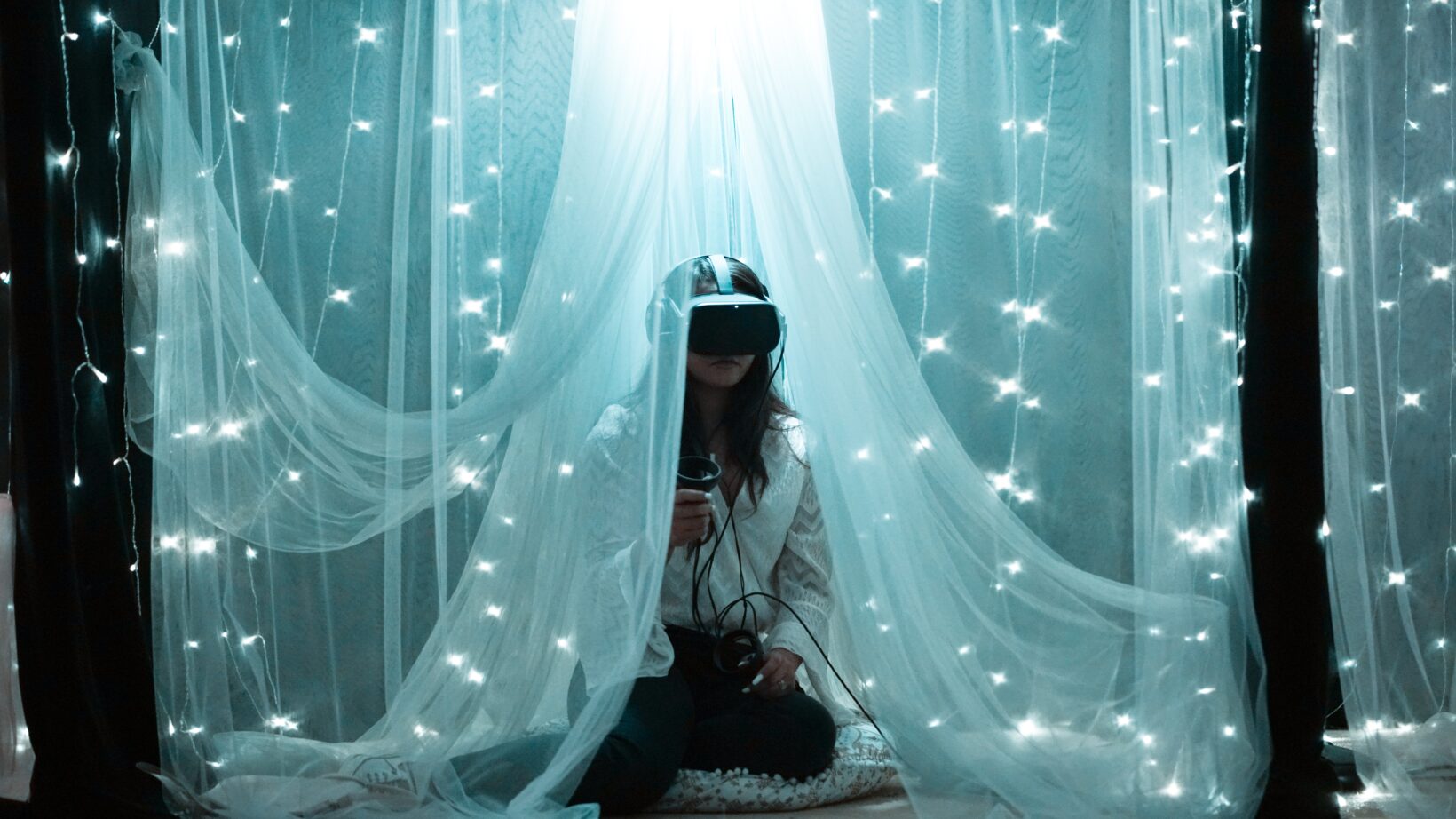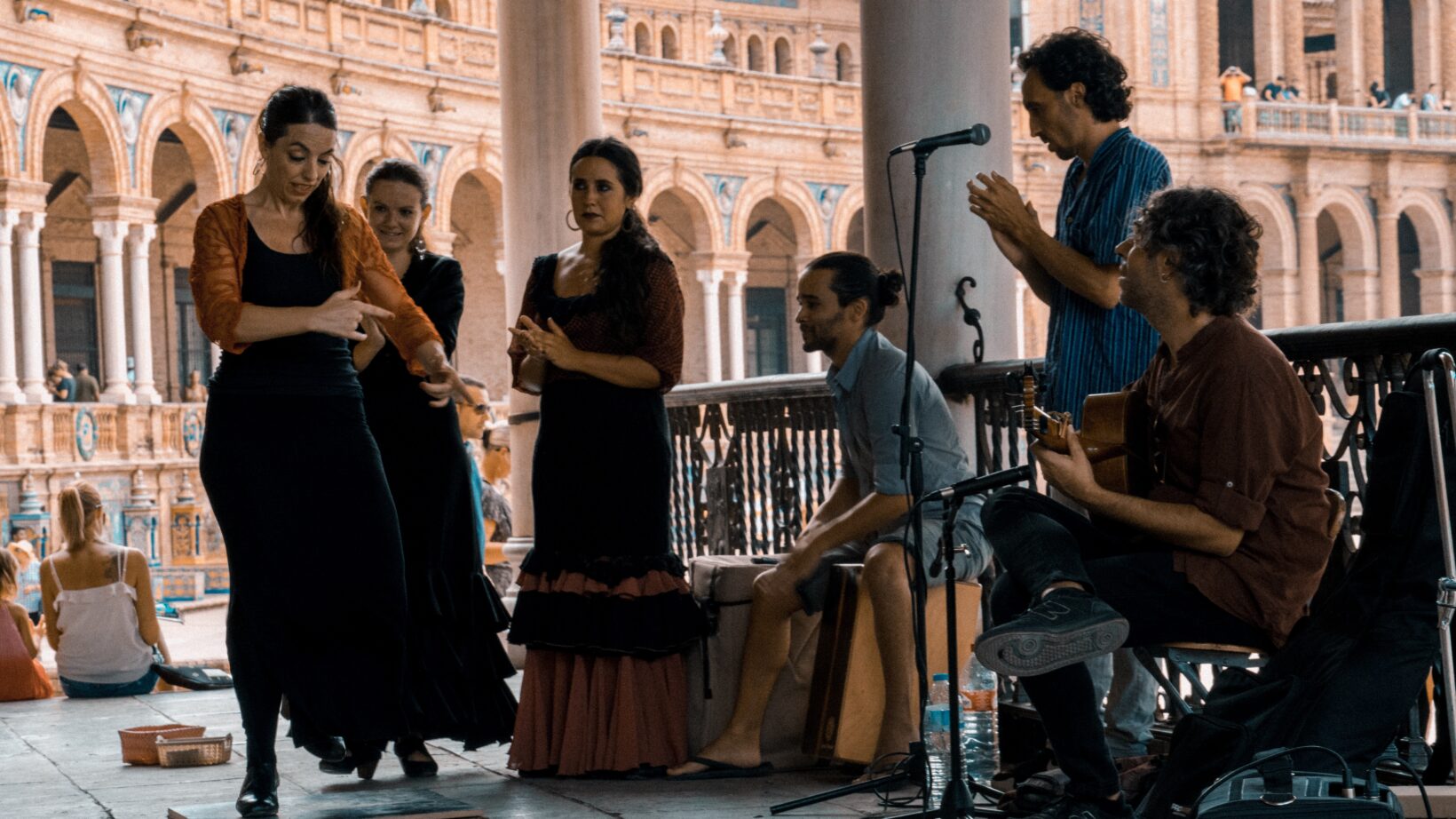A wide-ranging and deeply researched book by a Brazilian neuroscientist uncovers the science behind dreaming and makes for absorbing bedtime reading.

Upon waking with a start from an opium-induced slumber one morning, Samuel Taylor Coleridge began to scrawl. “In Xanadu did Kubla Khan / A stately pleasure dome decree / Where Alph the sacred river, ran / Through caverns measureless to man / Down to a sunless sea”. The innovative poem, prefaced “A vision from a dream. A fragment” continues for three stanzas through an imaginary Eastern landscape and is today considered a definitive example of romanticism in English poetry.
Scholars have identified the ingredients of Coleridge’s inspiration: the travel writings of Samuel Purchas, including a description of Mongolian emperor Kublai Khan; the rolling hills and gullies of the Exmoor coastline, where Coleridge was staying in a roadside inn; and the dancing sea of contemporary literary ideas that he was writing and talking about at that time. But what was the role of the dream in Coleridge’s creative process?
As Brazilian neuroscientist Sidarta Ribeiro explains in his new book The Oracle of Night, dreams and creativity are fundamentally linked. The nightly clash between slow-wave sleep, where the brain treads along the path of memory, and REM sleep, which is characterised by lively and sparkling cortical activity, leads to the reverberation and reordering of memories in ways that can produce new and surprising outcomes. The “Eureka!” moment – the vision, the flash of abduction that spawned Kubla Khan surely came about through this cognitive process.
A vivid read, Ribeiro’s new book takes us on a meandering journey across the dreamscapes of ancient Egyptian burial sites, through Amerindian dream mythologies, to the nightmares of the industrial revolution and the paintings of Salvador Dali and Marc Chagall. Coleridge is just one brief example in this wide-ranging and comprehensive study of a slew of notable figures who have used the nightly reverberation of memories as a spur to create, make decisions, lead men to battle and invent new technologies. He answers questions that dreamers have asked for thousands of years: what do dreams mean? Do dreams simply repeat the past, or do they predict the future?
Fundamental to Ribeiro’s work is bridging the rift between Freudian psychoanalysis and modern science. Freud’s innovation was to identify memories as the skeleton around which a dream is constructed, and understood dreams as a “privileged channel for the investigation of the human psyche” revealing a person’s deepest fears and desires free from the filtering of social mores. In opposition to the ideas of the “Viennese quack”, scientists including the English biologist Sir Francis Crick dismissed dreams as “fragments of memory assembled at random”, seeing dreaming as a mechanical process of organising, filing and deleting, with no psychological significance.
Ribeiro’s research, representing a new direction in the science of dreaming and undertaken at the Universidade Federal do Rio Grande do Norte for over a decade, reconciles the two approaches to illustrate the biological, chemical and neuroscientific processes behind the aspects of Freudian theory which emphasize fear and desire. He builds a convincing picture of what a dream is and what it is for, gradually unpicking the relationship of the dream to past, present and future. Dreaming, Ribeiro argues, is a survival tool which functions by creating new environments and testing out possible courses of action from the safety of the mind; a “preliminary exercise or sketch” which “prepares the dreamer for the events of the following day”. Dreams reflect what is happening to the dreamer right now, and by whirring through infinite combinations of memories, prepares the dreamer to identify and face future dangers.
To support this argument, Ribeiro explains ground-breaking research which shows, for example, the activation of dopamine-releasing reward systems during REM sleep, suggesting the centrality of desire and reward-based learning in training the neural pathways. Other fascinating snippets of insight appear every few pages. We learn that sleeping directly after learning new information leads to much higher levels of information retention – a fact that students with a penchant for napping can gladly employ. Another is the small study showed that out of a sample of pregnant women, the mothers who most accurately guessed the sex of their unborn child (74% correct) were those who relied on their dreams over any other folklore method such as the shape of the pregnant stomach – the cause of which is yet to be uncovered.
For the general reader, the book is an absorbing way to learn more about one’s mind. Ribeiro presents a “repeated, enthusiastic, necessary invitation to introspection” and suggests keeping a dream diary, a practice which I was glad to rekindle for the purposes of this review. To begin with, recalling dreams can be challenging, but the simple act of saying “I will dream, remember it, and tell it” to oneself before sleep can transform the ability to recollect. Indeed, by the third day of trying, scenes upon scenes played in my mind like flicking through a photo album along with the upside down-logic and cameo appearances that characterise dreamland (fear not, reader, I will spare you the details – I know that there is little more sleep-inducing than an endless unravelling of last night’s dreams around the breakfast table).
Indeed Daniel Hahn’s beautiful translation from Portuguese is occasionally undermined only by Ribeiro’s meandering writing style which occasionally lapses into recounting the dreams of unnamed persons including (one suspects) himself, his wife, and various family members, at length – one almost hopes the man from Porlock will interrupt. Despite this, in sum, The History and Science of Dreams is monumental in scope and a pleasure to read, a deeply researched volume in which Ribeiro guides us expertly through the bumpy terrain where psychoanalysis, neuroscience, sociology, anthropology and psychology meet history, literature and art. Ribeiro makes a convincing case for renewed vigour in research on the psychological significance of dreams, and manages to transmit the joy and mysticism in what it is to dream. As bedtime reading goes, it’s hard to beat.
Sidarta Ribeiro, The Oracle of Night: the History and Science of Dreams (Transworld), pp. 384, 20£.
Sonia Spencer is a journalist based in London.







